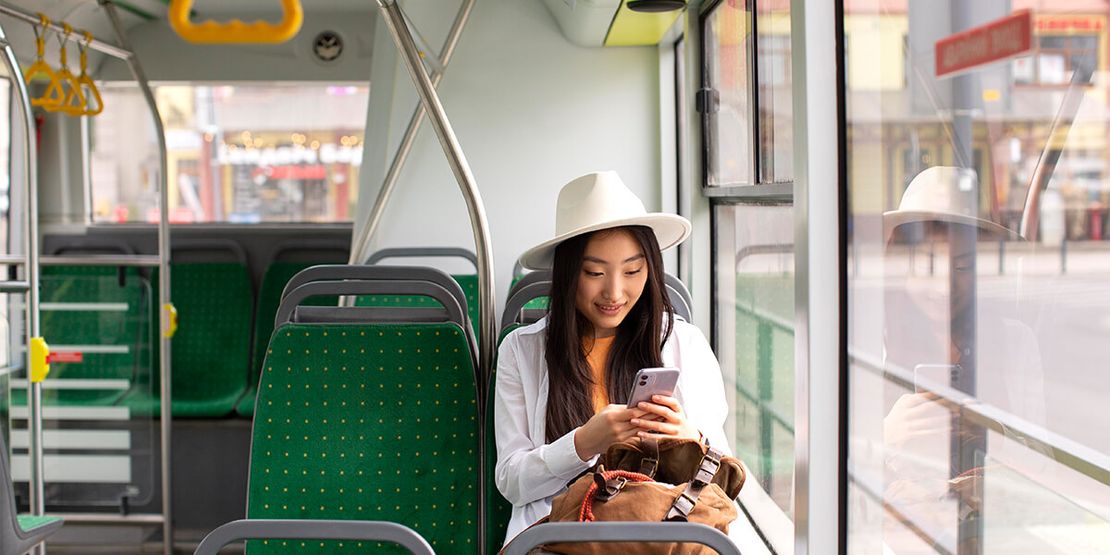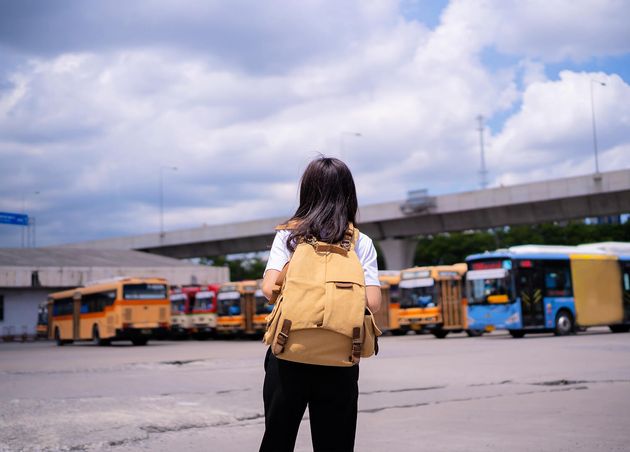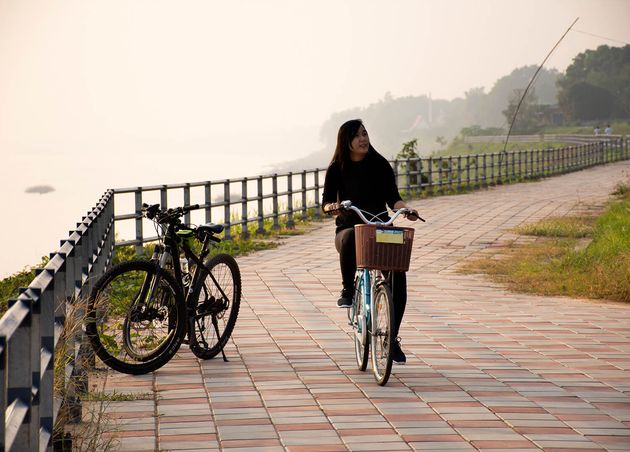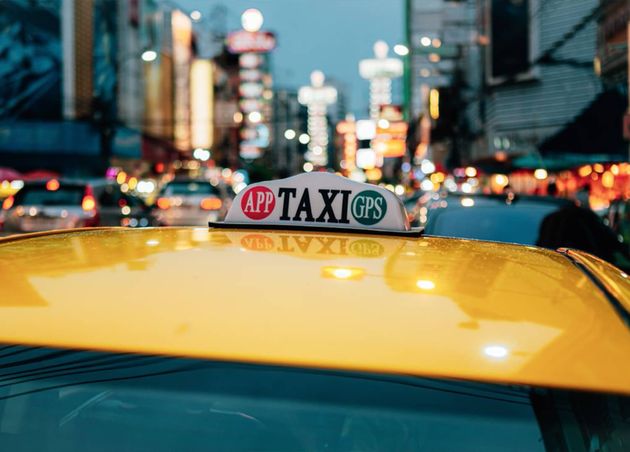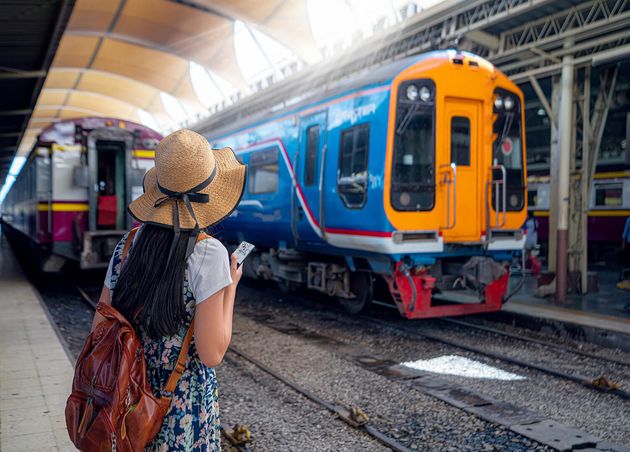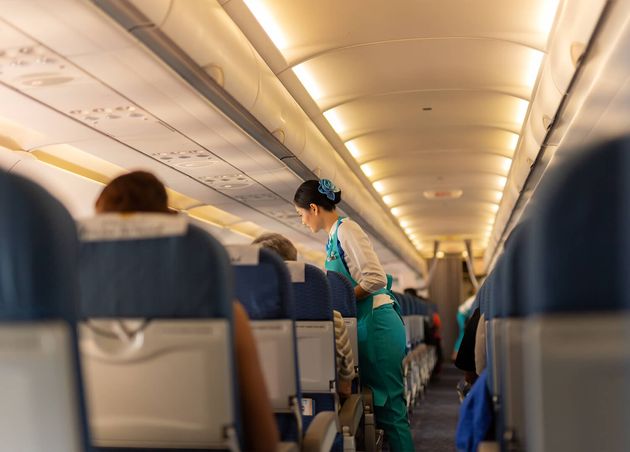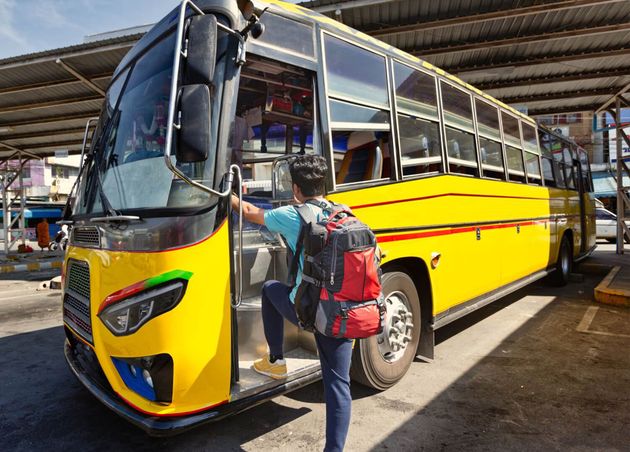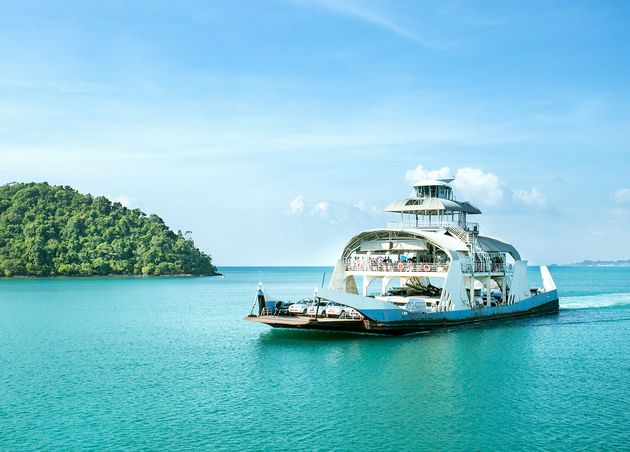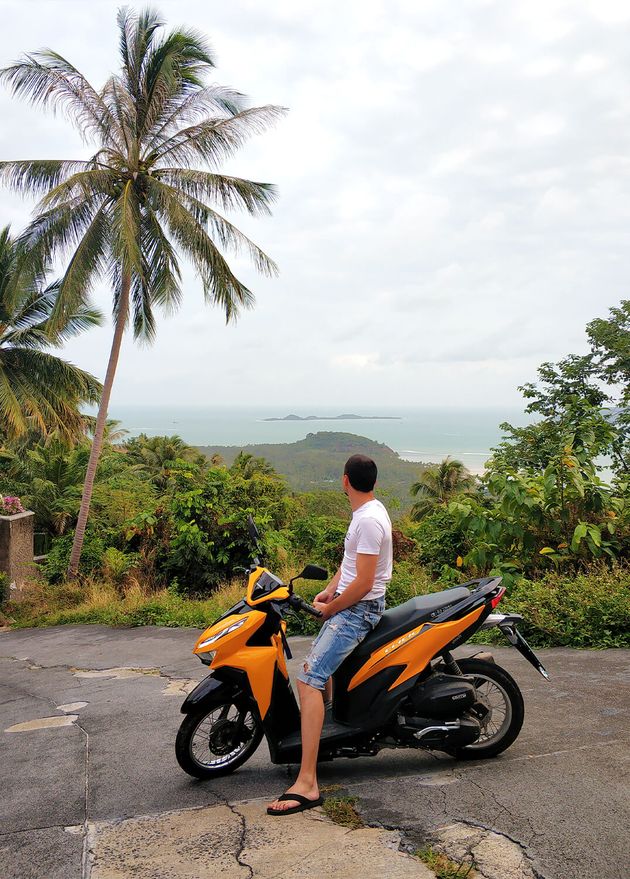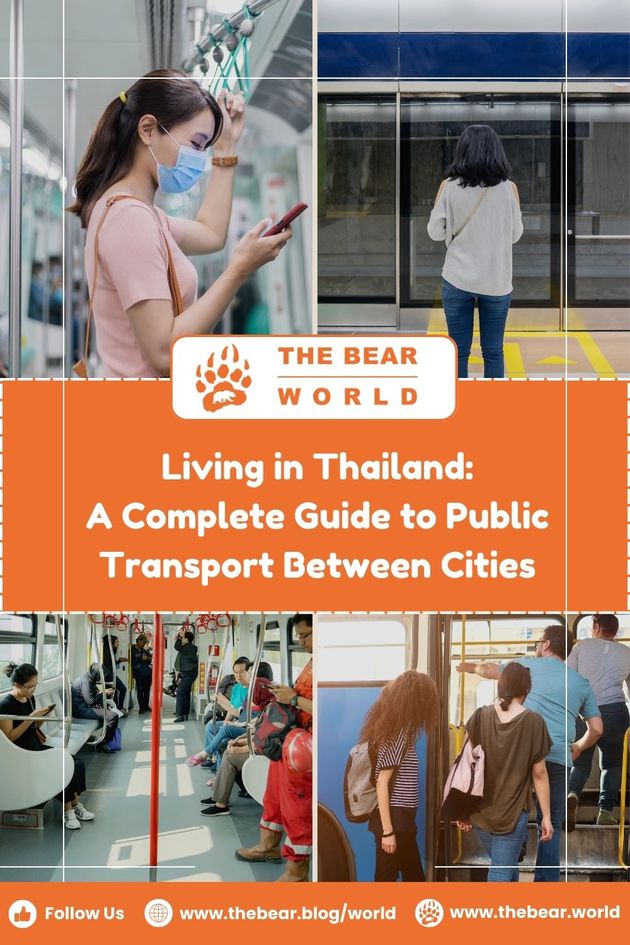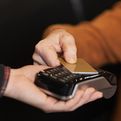Living in Thailand: A Complete Guide to Public Transport Between Cities
Thailand is situated in both the eastern and northern hemispheres. It is encircled by the Indian Ocean, the Andaman Sea, and the Gulf of Thailand. It shares a common border with Malaysia, Myanmar, Cambodia and Laos.
This tropical nation is also located in Southeast Asia and is recognized as part of Asia. While transport all through the nation of Thailand is assorted and generally turbulent, the clamoring capital of Krung Thep Maha Nakhon (Bangkok) is one of the most active air transport centers in the entire Asia.
While entering the country by air is a direct undertaking, moving around Thailand via train, minivan, bus, ship, songthaew, longtail boat, truck, motorbike, bicycle, scooter, and even elephant in the exceptionally rustic areas.
🚀 Expat Fact!
There were 156,089 lawfully enrolled public vehicle vehicles in Thailand as of 31st October 2016.
Now, let us examine some of the public transportation options in detail.
#1 Cycling
There are various choices for cycling in Thailand. You can ride the country's length from the Malaysian line to Chiang Rai or settle for a broad experience in the mountains around Chiang Mai. Most Thai streets look great and signposted, albeit the western and northern lines have mountains, and the remainder of the nation is shockingly level.
The auxiliary streets (recognized by their three-digit numbers) are cleared yet convey less traffic than the main routes and are the popular choice for cycling. Traffic is sensibly respectful, and individual security is certainly not a pressing issue as long as you are careful. Dogs, nonetheless, can be a disturbance on minor streets, so it's likely worth having rabies shots before you set out.
There are bicycle shops in virtually every town, and essential hardware and fixes are affordable. If you head into the remotest districts around the Burmese boundary, you are nearly 25 km from food, water, and housing. Generally, the best chance to cycle is usually during the cool and dry season from around November to February, and the last time is from April to July.
#2 Metered Taxis
Riding a metered taxi is one of the most economical and convenient ways around urban areas in Thailand. Thai cabs generally have splendid varieties like pink, green, and yellow. The greater the city is, the more vehicles it might have.
While going by taxi, you ought to ensure the meter is on so you can know how much you are billed. This will likewise keep the cabby from cheating you. So if you meet a cab driver and he declines to put on the meter, simply leave and pick another cab.
There will be no cabs with a meter in little urban communities and on the islands so that you can work out your fare based on the set charges. You can bargain the cost a bit when you are in the suburbs. What's more, you will have to pay the toll fees.
#3 Train
Charmingly rural, it best depicts the train network of Thailand, which runs from Chiang Mai in the north, down through Bangkok, and southwards through Hat Yai, Surat Thani, and down to the Thai-Malaysian boundary. Moreover, a train line from Bangkok arrives at Kanchanaburi in the west and two critical lines are racing toward the east. These lines include Nong Khai (suitable for entering Laos through Vientiane) and the second, arriving at Ubon Ratchathani, which is convenient for entering Laos from Pakse).
Travelers can go in a scope of luxury choices, from third, second, and first-class carriages. Eventually, your spending pattern will decide the non-abrasiveness of your seat, air-con prospects, or fan cooling. Despite which class you select, the speed will be slow. Albeit the trains in Thailand can get you securely to many top locations in the country, you won't arrive quickly. Relax, calm, take a book, and practice Thai with the cordial local people.
Overnight train tickets ought to be purchased a day ahead of time and sometimes earlier during holidays or peak seasons. This is the case for the well-known routes from the capital and the other way around, like Bangkok to Surat Thani, Bangkok to Chumphon, and Bangkok to Chiang Mai.
#4 Flights
Thai Aviation and Bangkok Aviation routes are the major on the interior flight network, which stretches out to all parts of the nation, utilizing a few two-dozen air terminals. NokAir, Air Asia, partly owned by Thai Airways, and Orient Thai offer the principal "minimal expense" competition. Thai Aviation routes will likewise set up an affordable transportation known as Thai Smile.
In an expanding and recently regulated market, other modest carriers go back and forth with astonishing recurrence - and keeping in mind that as they are working, plans will generally be sporadic, and flights are canceled occasionally.
In certain cases a flight can save you time: a departure from Chiang Mai to Phuket with Air Asia or Thai Airways, for instance, requires two hours, as against several days with a bus or train. Where possible, book early – every company will allow you to book online - as there are differences in fares.
For a completely adaptable economy ticket with Thai Aviation, Bangkok to Chiang Mai costs around 4,000 Thai Baht; however, there are other flights on a similar route with minimal fares of under 1,000 Thai Baht (with limitations on changes) if you book online ahead of time.
Assuming you intend to make many domestic trips by air, you should consider the air passes provided by Bangkok or Thai Airways - their prices and conditions can be found on their sites.
#5 Bus and Minivan
Buses are more famous and advanced in Krung Thep Maha Nakhon (Bangkok) than other places in the country, and the capital has a broad transport network that offers local transportation to foreigners and citizens. The Bangkok Mass Transit Authority (BMTA) worked partly as a monopoly, albeit as of late, the BRT is a delight for travelers in Bangkok. The BRT is an amazing means for going around the capital as it is dependable, safe, and affordable.
In Thailand, the bus and minivan network is broad and far-reaching. Remember that it is not known for its remarkable security; the trips are affordable, regular, and dependable. Transport and minivan tickets can be bought online at transport stations, travel agents, and frequently at facilities in different urban centers. All capitals frequently have at least one bus stop in a far removed area to help with traffic flow. A nearby tuk-tuk or taxi might be important to get to the bus stop.
Transport tickets will fluctuate in price as per different luxury and extravagance choices. Fan-cooled transports are normally more affordable than air-con buses, even with air-con transport classes ranging from standard through to VIP24. The VIP24 transports are fitted with seats that lean backward, USB ports, increased luggage allowance, more leg space, Wi-Fi, and TV examples for convenience. A VIP24 ticket for Bangkok-Chiang Mai ought to cost about 1,200 Thai Baht, while express transport for a similar route can be sold at 600 Thai Baht.
#6 Ferries
On sunny islands, there are friendly ferry operators who are quite anxious to ferry commuters to and from the different islands or back towards the central area. Normal ferry courses are from Phuket to Krabi, Phuket to Koh Phi, Koh Samui to Koh Phangan, and to and from Surat Thani and Koh Phangan or Koh Samui.
All significant islands in the central area are connected by regular ferries. For many of the intersections, you purchase your ticket and commute. Guidelines for safety are, for the most part, pretty much satisfactory; however, there have been few sinkings lately - try not to go on boats that are overburdened or in bad shape. Competition guarantees that costs are kept low in tourist regions, and fares will generally fluctuate with the intersection speed. Accordingly, Chumphon to Koh Tao is around 200 Thai Baht (6 hours) and 600 Thai Baht (1 hour 45 minutes).
#7 Rental Options
For voyagers who long for free travel, renting a scooter or motorbike while in Thailand is a simple and fun way to explore Thailand without flagging down cabs or hanging tight for songthaews or buses. Scooters or motorbikes can be leased for around 200-300 Thai Baht daily from any city inside Thailand.
Modest, simple to find, and fun, this is an extraordinary choice for licensed and experienced drivers. Even though a huge number of tourists that visit Thailand every year rent motorbikes without a legitimate permit, this doesn't imply that it is lawful. Time and again guests in Thailand could be visible driving their leased vehicle around the roads shirtless, without helmets, and carelessly.
Motorbike mishaps in Thailand are the greatest peril that explorers face. Thailand's traffic signs and road rules are turbulent, scattered, and generally overpowering for guests, and leasing a motorbike should be taken seriously. For capable, qualified, and gifted individuals, this is a great means for finding valuable treasures and getting superbly lost outside of what might be expected.
In summary, Thailand's transportation network offers diverse options to explore its bustling cities and serene landscapes. From the convenience of metered taxis and the charm of train travel to the flexibility of cycling and the efficiency of domestic flights, travelers can navigate the country with ease.
Whether you're seeking urban adventures or island retreats, Thailand's well-connected buses, ferries, and rental services ensure that every corner of this captivating country is accessible, promising unforgettable experiences for all who venture through its vibrant streets and tranquil shores.
Recommended for you
Foreigner Restrictions When Visiting Thailand: Everything You Need to Know
Dr. Theodore (Professor Bear)
Aeration Options in Shrimp Farming: A Complete Guide
Riley Sinclair (Digital Aqua Bear)
Visit Thailand: The Complete Guide on Traveling Post-Pandemic
Dr. Theodore (Professor Bear)
Using Rabbit Card in Bangkok: A Guide for Convenient Travel
Lifestyle Bear


